Embodied Cognitive Science of Music
Volltext
Abbildung
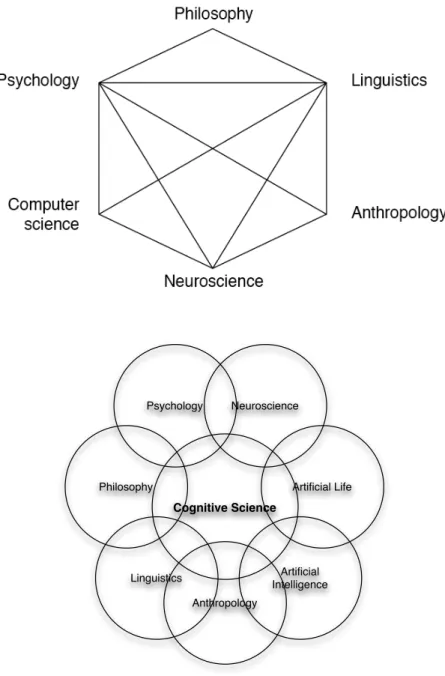
![Figure 3.2: Notions of embodiment, redrawn after Ziemke [328]](https://thumb-eu.123doks.com/thumbv2/1library_info/3743726.1509467/41.892.297.575.163.517/figure-notions-embodiment-redrawn-ziemke.webp)
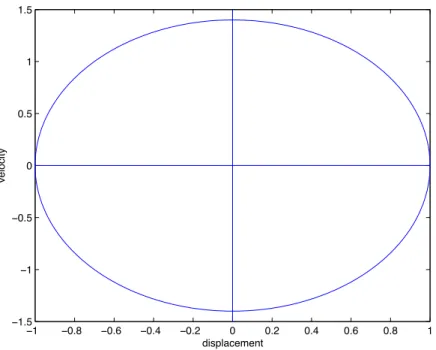
ÄHNLICHE DOKUMENTE
[r]
In 1969, after having assumed the directorship of the Dritte Physikalische Institut of the University of Göttingen, the author petitioned the German Science Foundation (DFG)
1.2 Overcoming the subjective (first-person)/objective (third-person) divide The re-emergent interest by cognitive scientists in phenomenology as a method of scientific inquiry
Although the theories below were advanced to account for the content of beliefs, desires, and conscious states, the same issues arise when they are applied to neural
It could, however, be demonstrated that though physiology is not appropriate as a sole indicator of strong emotions, it is necessary in order to validate psy- chological
1 mkorte1@sheffield.ac.uk, 2 denizcerci@doctors.org.uk, 3 v.williamson@sheffield.ac.uk Keywords: Depersonalization, anxiety, depression, music students.. 25th Anniversary
In light of this, given that our study involves the processing of emotional faces and emotional pictures and sentences, we should see differences in the way
Thus, we measured odor discrimination ability, empathy-related measures, and facial mimic activity (also associated with affective empathy- related measures) in free-cycling women
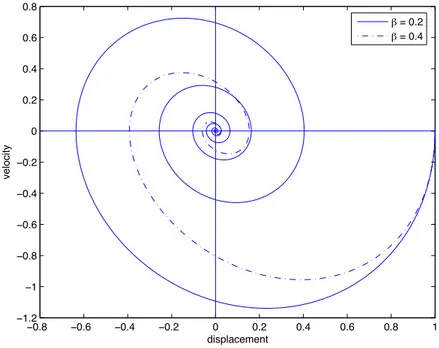
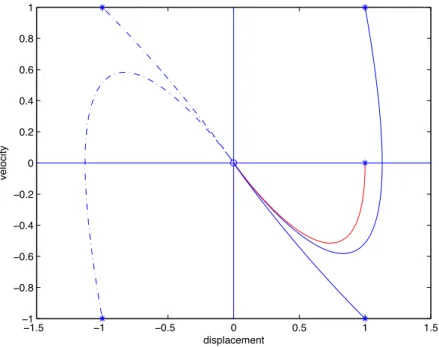
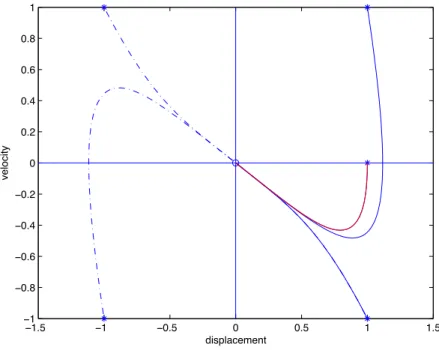
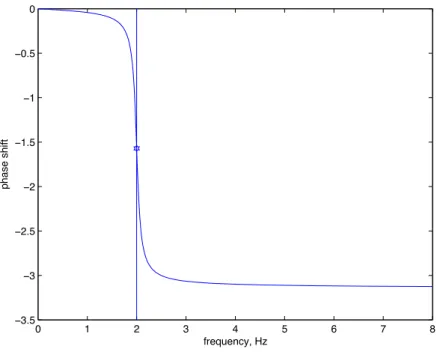
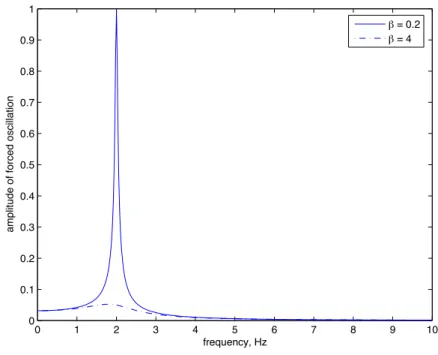
![Figure 4.8: The effective resonance curve in the corrected version (solid line) and as specified by van Noorden / Moelants 1999 [291] (dash-dotted) as a function of oscillation period](https://thumb-eu.123doks.com/thumbv2/1library_info/3743726.1509467/81.892.225.653.179.521/effective-resonance-corrected-specified-noorden-moelants-function-oscillation.webp)